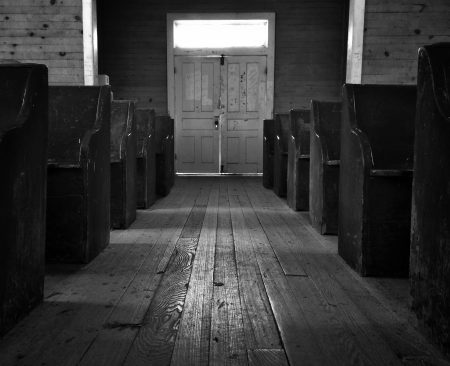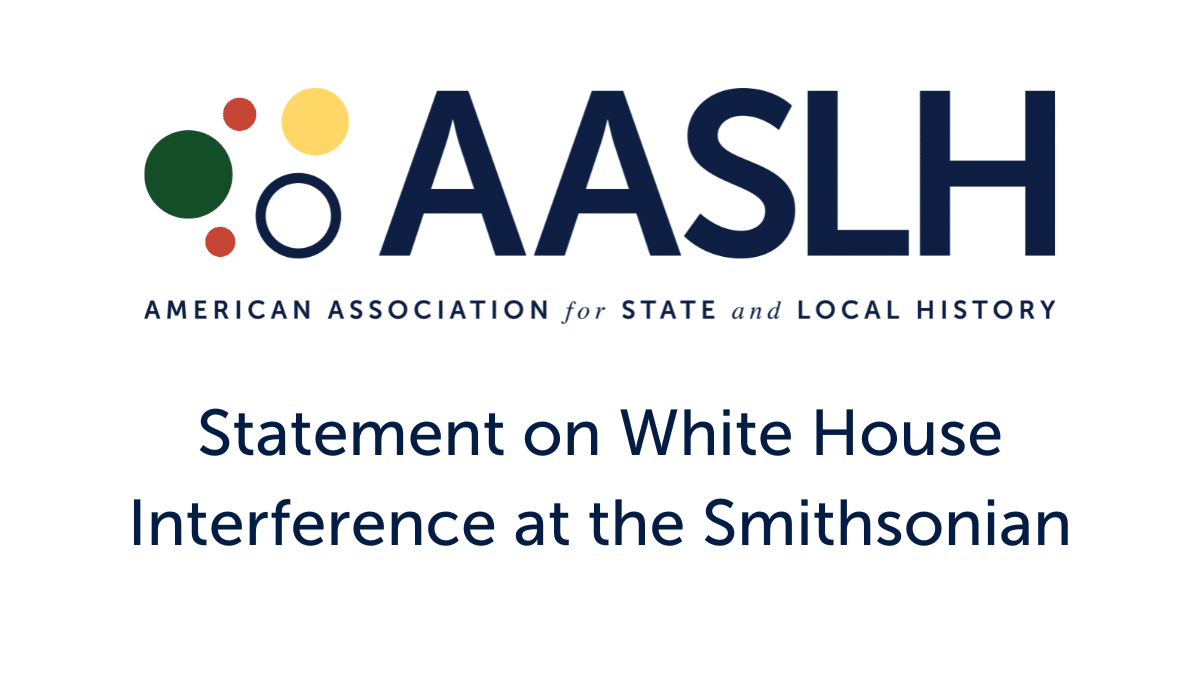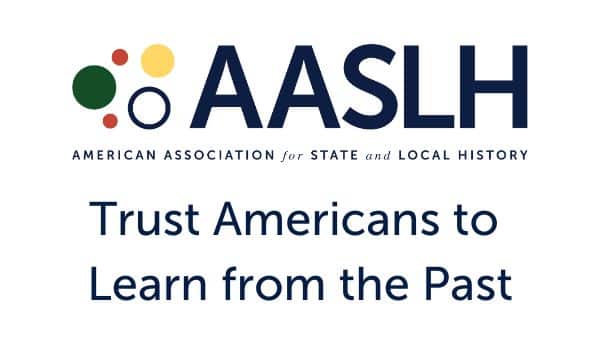In the Summer 2007 History News, John and Anita Durel predicted that “Historic properties are on the verge of a golden age. Over the next two decades Americans will turn to historic houses and sites as a source of learning, enjoyment, and fulfillment.”
Historic properties are on the verge of a golden age. Over the next two decades Americans will turn to historic houses and sites as a source of learning, enjoyment, and fulfillment. Increasingly, people will choose to spend time in places that connect them to their past, to nature, and to beauty. They will provide financial support to help sustain the properties, so that succeeding generations will benefit from these places that they value so much.
This future will occur only for the organizations that abandon the thinking of the 1980s. Specifically, the leaders of historic properties that enter the golden age will:
- Stop thinking of “visitors” and start thinking of “members.”
- Stop thinking of “them” and start thinking of “us.”
- Stop thinking of “interpretation” and start thinking of “facilitation.”
- Stop focusing only on the intellectual and social content of the experience, and start including spiritual content.
Cultural Tourism: an Outdated Business Model
In its simplest form, a business model is a way to describe how an enterprise builds its capacity in response to a perceived need or desire on the part of some portion of the public. The model is successful if enough people pay enough money for the enterprise’s products or services to enable it to produce those products and services in a financially sustainable way.
Over the past three decades, the dominant business model for historic properties has been cultural tourism, in which the organization provided a history experience for a visiting public in exchange for admission fees and museum shop sales. The model became dominant at a time when nonprofits were expected to be run like businesses with customers paying for services received. The diagram on page eight depicts this model.
This model worked reasonably well for some organizations. To a degree, it continues to be effective for a handful of sites that are unique or offer an experience that cannot be easily found elsewhere such as the St. Augustine Lighthouse because many tourists want to climb to the top. However, most historic sites have always depended upon other sources of revenue to balance the books—special fundraising events, foundation grants, government support, and endowments. Most have created a patchwork of operating revenue sources resulting in staff who often spend time on revenue-generating activities only marginally connected to the mission.
Colonial Williamsburg has been the granddaddy of the cultural tourism model. Remember those 1-800-HISTORY commercials with the happy families walking along Duke of Gloucester Street? These days, Williamsburg hosts fewer families than two decades ago. Recently the New York Times reported that visitation to Colonial Williamsburg “dropped to 710,000 last year from 1.1 million in 1985, despite two decades of investing millions of dollars to try to make the museum relevant to a younger, more diverse group of tourists.” This decline in tourism is widespread, with many other historic sites and national parks reporting comparable figures.
What has changed? American families are still taking vacations, but the competition is stiff. Cultural sites must compete with Disney World, Las Vegas, Europe, and other vacation destinations. Additionally, the lack of transportation funding for school fieldtrips has become a widespread and chronic issue. And senior citizens now appear to be taking their bus trips mainly to casinos.
Whatever the reasons, the old model is no longer viable. Efforts to make it work with new programs or better marketing will fail. The growth experienced in the 1970s and 1980s has tapered off and begun to decline. Unless something changes dramatically, the decline will continue and we will see more properties being sold or shut down.
The question to ask is, what is the new business model to replace cultural tourism? To move to a new growth curve requires taking risks. We have entered a period of uncertainty as we try to figure out what will work next. It is a time to try new approaches, learn from mistakes, recover quickly, and build on successes. With smart people, strategic thinking, and discipline, an organization should be able to make the transition successfully.
To make the leap, we must challenge long-held assumptions about historic sites and start to see them in new ways. We must also look beyond our own industry to others in both the nonprofit and for-profit sectors.
This article was originally published in the Summer 2007 issue of History News magazine, the official publication of AASLH. You can read the full article in PDF format here. You can read recent History News articles by becoming a member or find issues older than three years on JSTOR.
[To read the rest of this article, download the PDF or use the PDF reader below.]
[gview file=”https://cdn.aaslh.org/wp-content/uploads/sites/23/2016/10/GoldenAge-HNSummer07.pdf”]







